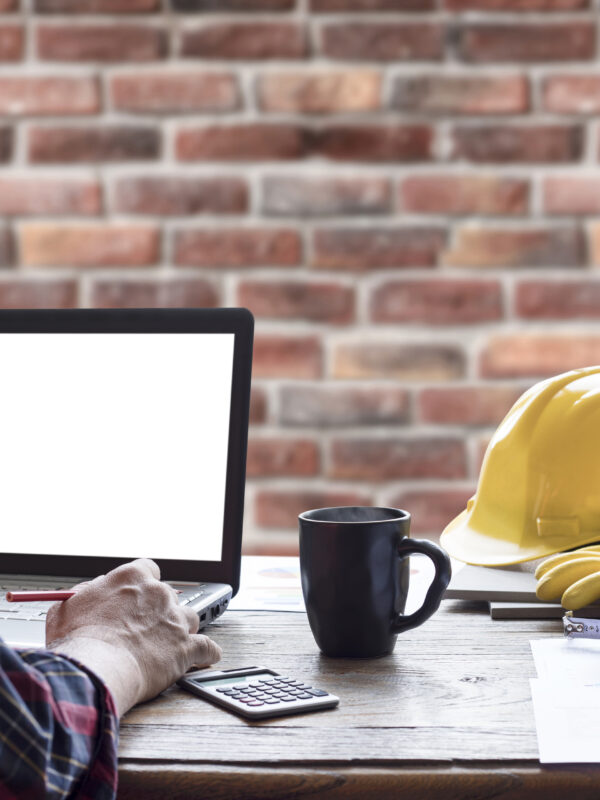
Are you building a new home or even renovating your existing house? In the case your home or property is in a flood-prone area or might experience immense water ingress from a weather event, you should consider selecting specific building design and materials.
Here’s what you may want to look at when making your selection.
The materials you choose should be focussed on water-proofing as well as fire resistance. For the facade of the home, you might want to choose water-resistant or water-proof materials such as rendered concrete block walls or fibre cement sheets to help future-proof your house against heavy rains and flooding.
Aside from the facade, internal structure materials to consider are steel or hardwood framing and closed-cell solid insulation. When it comes to the floors, you might want to choose between polished concrete or hardwood timber. This will help your flooring avoid mould and its subsequent damage.
Also, consider solid core doors, aluminium or glass doors. In addition, consider corrosion resistant door and window hardware.
For the periphery of your property, choosing permeable fences and screening can help allow water to pass through in case of a flood – so water won’t get trapped within your fencing.
When it comes to designing your new home or a renovation project, there are several strategies you can look to use to make your home safer against wild weather.
For overall structural design, raising the height of the house (like a classic Queenslander style) can be a handy method to help avoid flooding – particularly for the lower levels of a home. When it comes to planning for the lower levels of the home, also consider having removable cabinetry that can be moved higher-up within the home.
If you elevate your electrical units such as air conditioner condensers, hot water units and pool pumps, and other electrical power systems, you can also potentially save them from permanent or expensive damage. Finally, designs without cavities under stairs enable easier post-flood cleanout.
To learn more about a Suncorp customer who built a cleverly designed house on the Brisbane River, explore here.
For more information, see the Queensland Reconstruction Authority’s (QRA) Flood Resilient Building Guidance.
The information is intended to be of a general nature only. Subject to any rights you may have under any law, we do not accept any legal responsibility for any loss or damage, including loss of business or profits or any other indirect loss, incurred as a result of reliance upon it – please make your own enquiries.

AUTHOR:
DATE:
From the simple to the complex, see which upgrades can help better protect your home.

Natural hazard resilience has long been a focus for Suncorp, with many other initiatives both existing and in progress. Suncorp Insurance’s Cyclone Resilience Benefit was introduced in 2016 and is available for eligible Home Insurance customers in North Queensland. Customers who undertake eligible upgrades to their home’s cyclone readiness may get a reduction on their Suncorp Home Insurance premium4.
An Australian first for Home Insurance. It’s our commitment to help create more resilient homes. It means that if your home is substantially damaged, we’ll rebuild it stronger with recommended resilience options up to $10,000, in addition to your sum insured, all designed to help withstand severe weather5.

Helping build a more resilient Queensland together.
Insurance is issued by AAI Limited ABN 48 005 297 807 (AAI) trading as Suncorp Insurance. Please read the relevant Product Disclosure Statement before buying any insurance products. The Target Market Determination is also available. The information is intended to be of a general nature only. Subject to any rights you may have under any law, we do not accept any legal responsibility for any loss or damage, including loss of business or profits or any other indirect loss, incurred as a result of reliance upon it – please make your own enquiries.
4. A premium reduction may be available to eligible Suncorp Home or Landlord Insurance customers, with properties above tropic of Capricorn, within 100km from the coast and with certain risk mitigation measures. Eligibility criteria, terms and conditions apply. Find out more.
5. Cover applies to claims with building damage over $50,000 or 10% of sum insured, whichever is highest. Resilience improvements are tiered according to level of cover up to $10,000. Limits, conditions and exclusions apply. Please read the relevant Product Disclosure Statement before you make any decision regarding this product.
COOKIE AND DATA POLICY
We use cookies and other related technologies to improve and tailor your website experience. See our Cookie and Data Policy. This policy provides information about how Suncorp collects and uses data related to your online activity, and how you can choose to remain anonymous.